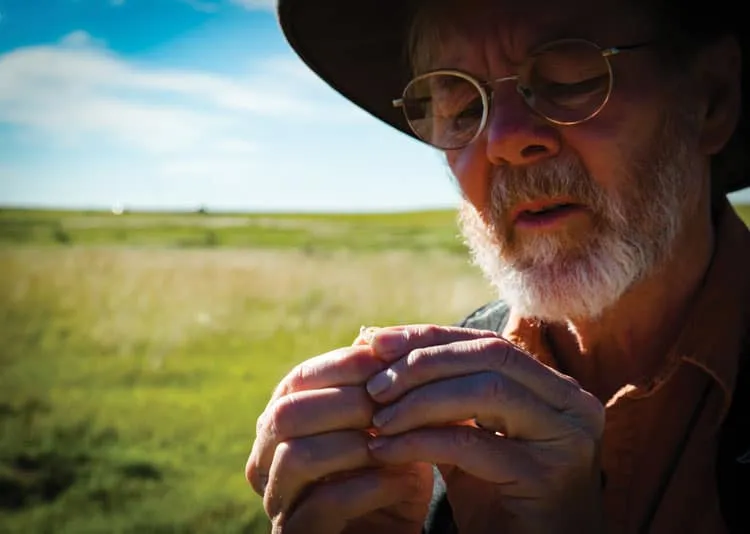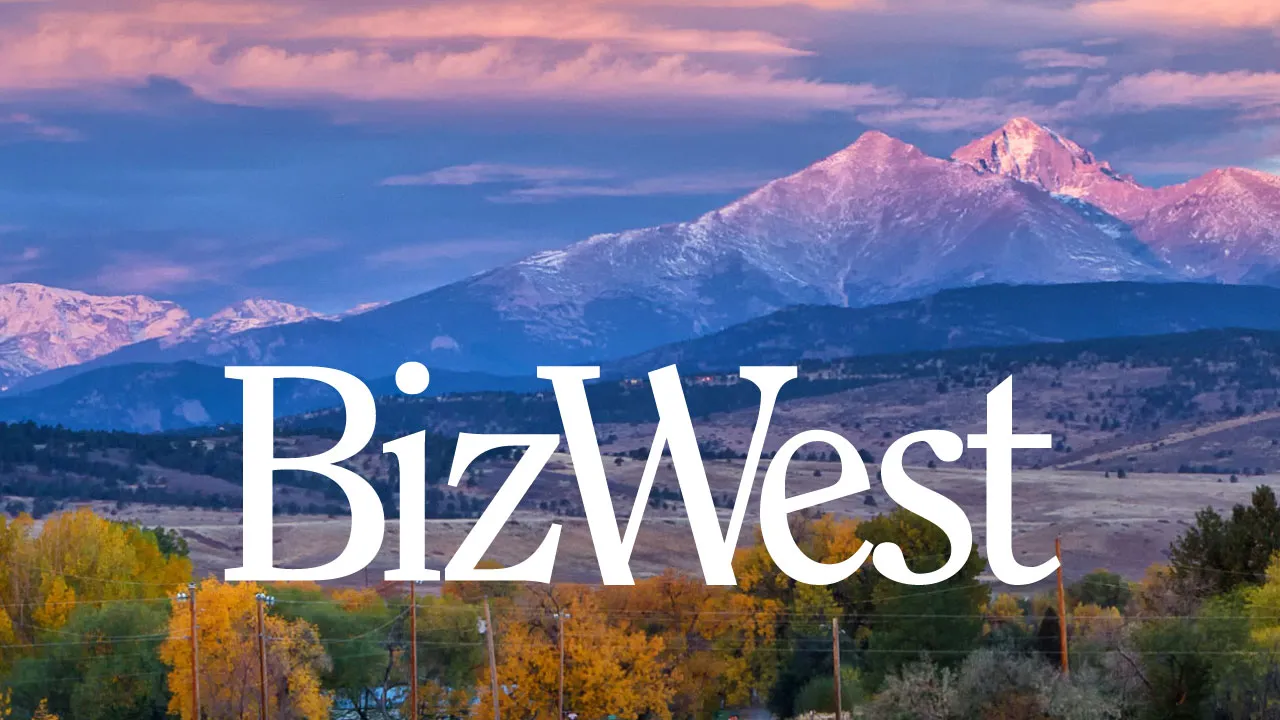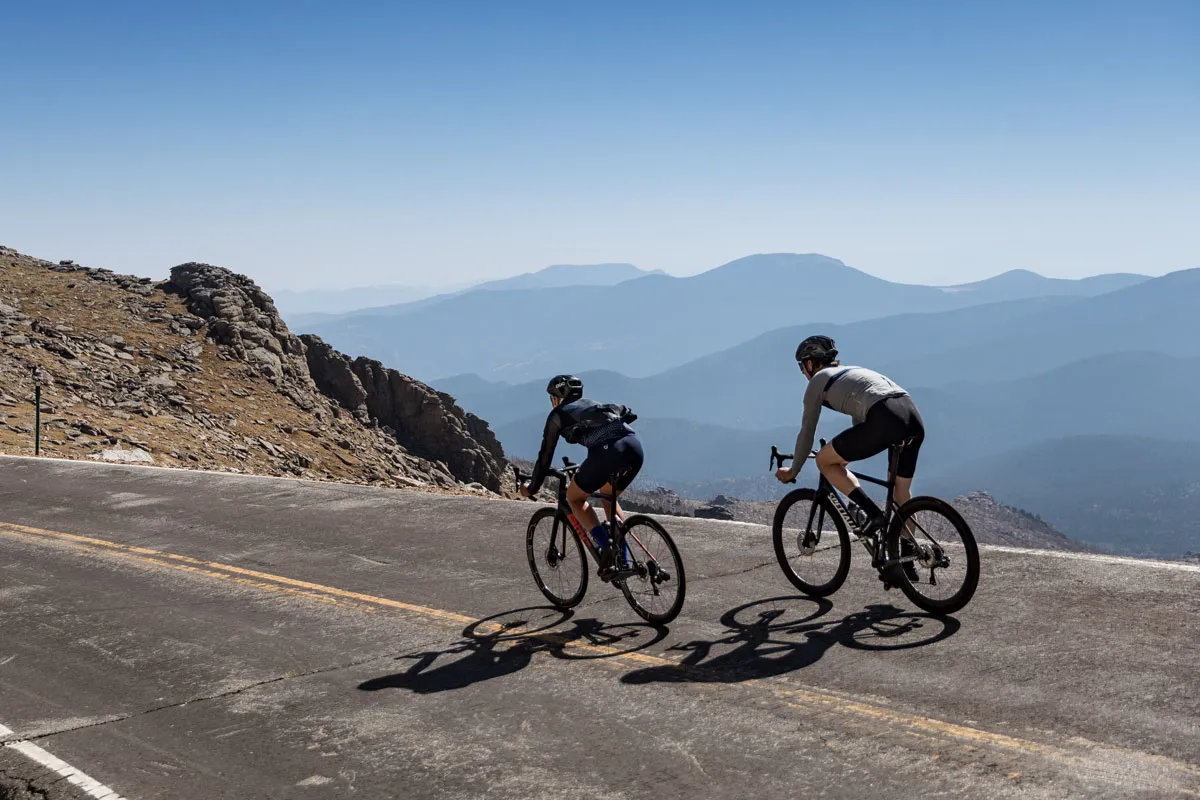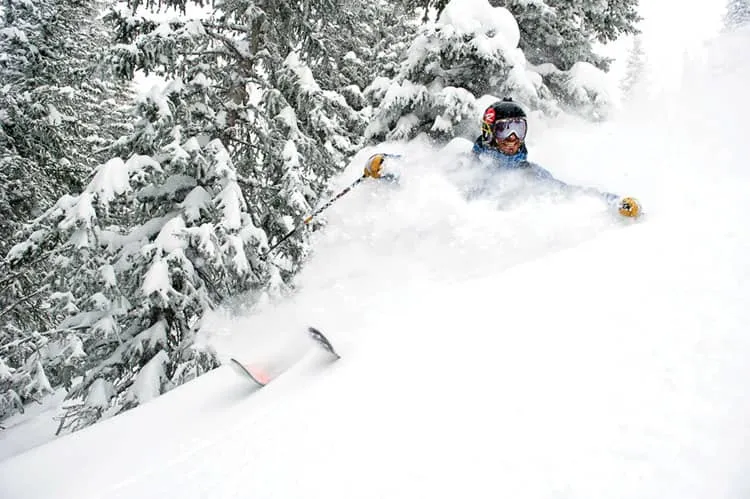Watchword of future: Prevention

Not long after the twin towers fell 20 years ago this month, an adamancy arose around an idea: Build them back, bigger and better than before.
That didn’t happen but the notion expressed represented an urge and an urgency with some merit: Failure isn’t final, we’re here for reasons, we’re not leaving.
Bam.
Something similar is afoot a year on from the twin fires of 2020 though in a leaner more laconic mode for Northern Colorado compared with lower Manhattan.
And sans the fanfare, it’s already begun.
Ropes Course
One of the first things Brad Abbott did was begin again.
“Log off all the burnt stuff, scrape…
THIS ARTICLE IS FOR SUBSCRIBERS ONLY
Continue reading for less than $3 per week!
Get a month of award-winning local business news, trends and insights
Access award-winning content today!



